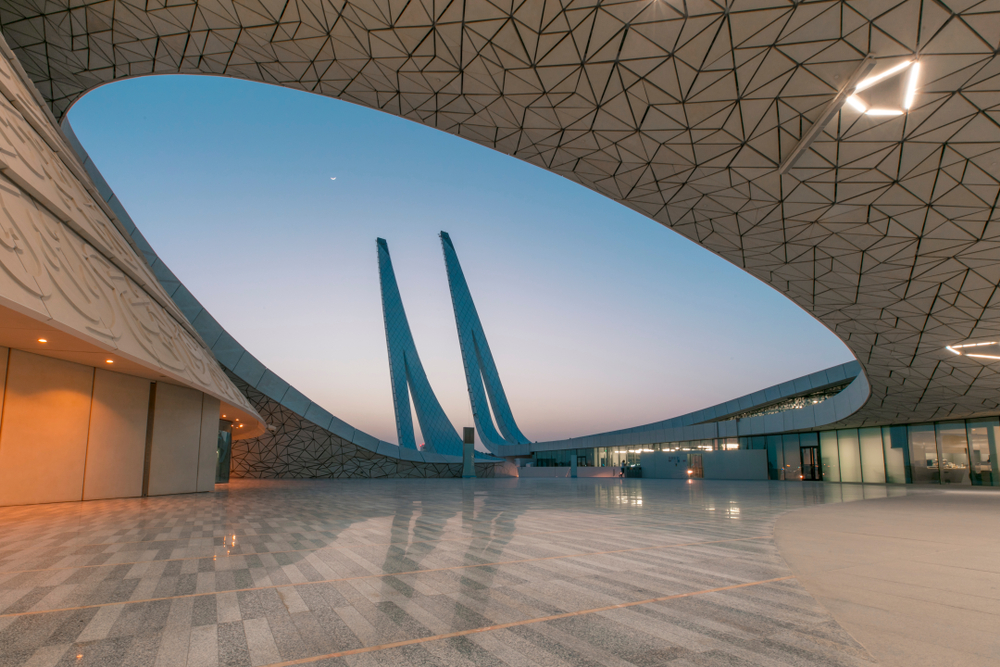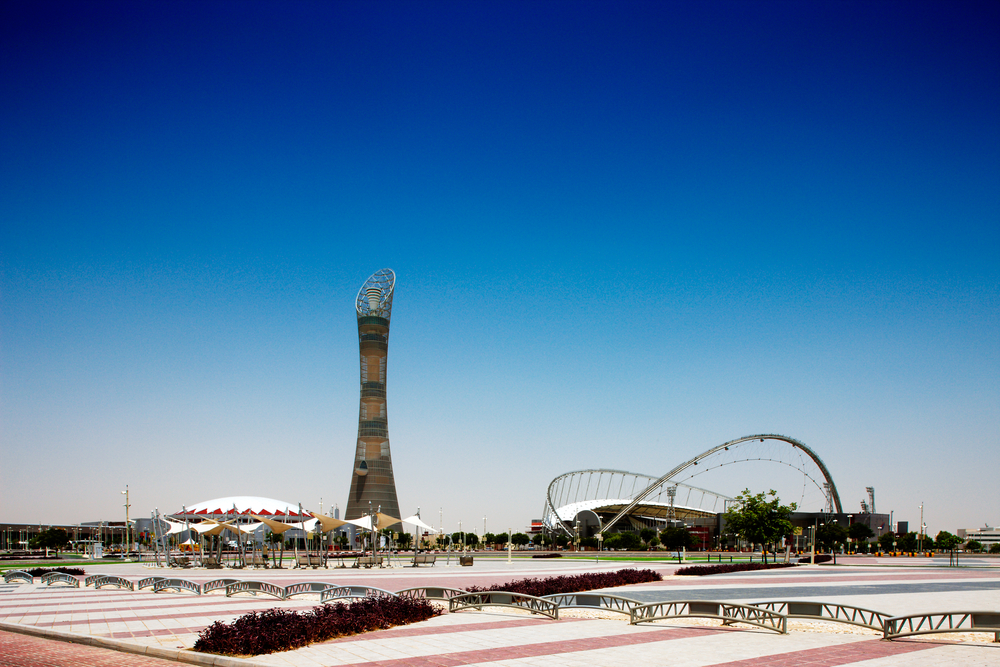Qatar survives bother in its backyard
Battered by a regional blockade, Qatar is hauling its economy and property market back off the ropes ahead of the 2022 World Cup

It seems like an age since 2010, when the tiny oil-rich nation of Qatar won the coveted bid to host the 2022 FIFA World Cup. In less than three years, the country will be ringing to the sound of cheers, chants and whistles as fans converge for the first time to an Arab nation for the prestigious footballing tournament.
Winning the bid was a triumph for Qatar, a vindication of its (relatively) liberal values in a conservative Middle East and a testament to its abundant wealth. For a small country of 2.6 million people (as of 2017), the Persian Gulf emirate has some serious financial muscle to flex, largely thanks to its massive oil, gas and petrochemical reserves. Its GDP-per capita, last recorded at USD63,222.10 in 2018, is equivalent to 501 percent of the world’s average, making it among the world’s richest nations for 20 years now.
Such a feat has become even more remarkable since June 2017, when the governments of Saudi Arabia, the UAE, Bahrain, and Egypt—the so-called Anti-Terror Quartet—announced they would be severing all diplomatic and transport ties with Qatar over its alleged support for terrorism. The blockade stoked fears that the Qatari economy would plunge into outright recession, especially if its oil and gas exports were hurt.
More: Green walls rise with Asia’s skyscrapers
However, by redrawing its trade routes and bolstering its banks with large public deposits, Qatar has defied concerns that its economy would be decimated, keeping its exports safe and economy ticking. Economic reforms, such as the new foreign investment law, along with big development projects such as the expansion of the LNG-rich North Field are expected to give the economy an added vital boost.
Since slowing to 1.6 percent in 2017, the weakest in over two decades, the economy is estimated to have recovered to 2.1 percent in 2018, and is expected to rise to 3.4 percent by 2021 as the World Cup draws nearer, according to a 2019 update by the World Bank. “The economy is expected to expand by three percent over the medium term, helped by continued investments related to hosting the football world cup, and as a large natural gas facility comes onstream,” states the global financial institution.
While it seems, a recession has been averted, challenging times are ahead for Qatar’s property market. A real estate boom may have ensued since the official announcement of its hosting the coming World Cup—driving the construction of a new airport and seaport, rail network, hotels, and, of course, stadiums—but now its property sector contends with oversupply and falling prices that will likely become more pronounced as the big competition nears.

FIFA requires Qatar to have at least 60,000 hotel rooms in place for the month-long tournament, which Qatar estimates will draw about 1.5 million fans. Qatar has about 26,500 rooms and will add another 15,000 by 2022. The rest will be met by rooms aboard cruise ships and in desert camps.
One of hottest areas of development is Lusail City, the site of the World Cup’s opening and closing games. The city is spread across an area of 38 square kilometres and includes four exclusive islands and 19 multi-purpose residential, mixed-use, entertainment and commercial districts. The City will offer homes to more than 200,000 residents and is expected to receive 80,000 visitors during the tournament.
But its prolonged row with its Middle Eastern neighbours has dragged on demand and prices, forcing banks in recent months to restructure and extend loans given to developers who are struggling to meet repayments. The impending wave of new real estate has only made the industry nervous. “The authorities have tried to soften the blow by opening the sector up to foreign investors, but property prices have continued to decline,” states a report by Capital Economics, an independent research group, last year.
Residential prices are down about 10 percent from June 2017, when the boycott began, and office prices have fallen by a similar rate, according to analysts and economists. Rents are down 20 percent from three years ago. Long-planned projects are now set to flood the market, even as buildings in prime locations, like Qatar’s spike-tipped cylindrical Doha Tower, sit idle.
I think the blockade has been somehow useful because locals have come back to investing in Qatar. The fact that the prices have come down since the blockade has made local real estate attractive for a lot of people who couldn’t buy a place before
But not everyone sees the current market conditions as dire, nor indeed the blockade as a bad thing.
Quite the contrary, Subhi al Dasouqi, head of marketing at Apex Real estate in Doha, tells Property Report the blockade has been a “surprising blessing.” He believes the diplomatic, trade and transport boycott has stirred feelings of unity and nationalism among local investors who, encouraged by low prices, would prefer to invest in Qatar when once they would have looked at one of the neighbouring markets.
“I think the blockade has been somehow useful because locals have come back to investing in Qatar. The fact that the prices have come down since the blockade has made local real estate attractive for a lot of people who couldn’t buy a place before,” al Dasouqi says, adding, “It’s good, too, because the rental prices have gone down as the cost of living in Qatar has gone up. So this has been really helpful for a lot of people.”
With analysts predicting the blockade lasting indefinitely, Qatar’s economic resilience offers some comfort. But with a glut looming and no mention from the government about what will happen to the specially-built infrastructure once the tournament is over, all bets are off as to the outcome of this topsy-turvy thriller .
This article originally appeared in Issue No. 156 of PropertyGuru Property Report Magazine
Recommended
Why everyone is moving to Selangor and Johor: Malaysia’s real estate comeback
Malaysia’s upturn in fortunes is especially prevalent in secondary destinations such as Selangor and Johor
Penang’s silicon boom: How the US-China tech war is supercharging local real estate
Penang’s booming semiconductor industry has created ripples within the local real estate sector
New leader, new opportunities: How Hun Manet is shaking up Cambodia’s real estate game
Hun Manet is overseeing decent economic growth and widening access to the country’s real estate market for foreigners
Singapore embraces inclusive housing reforms amid resilient demand
The Lion City’s regulatory strength continues to exert appeal for international investors








